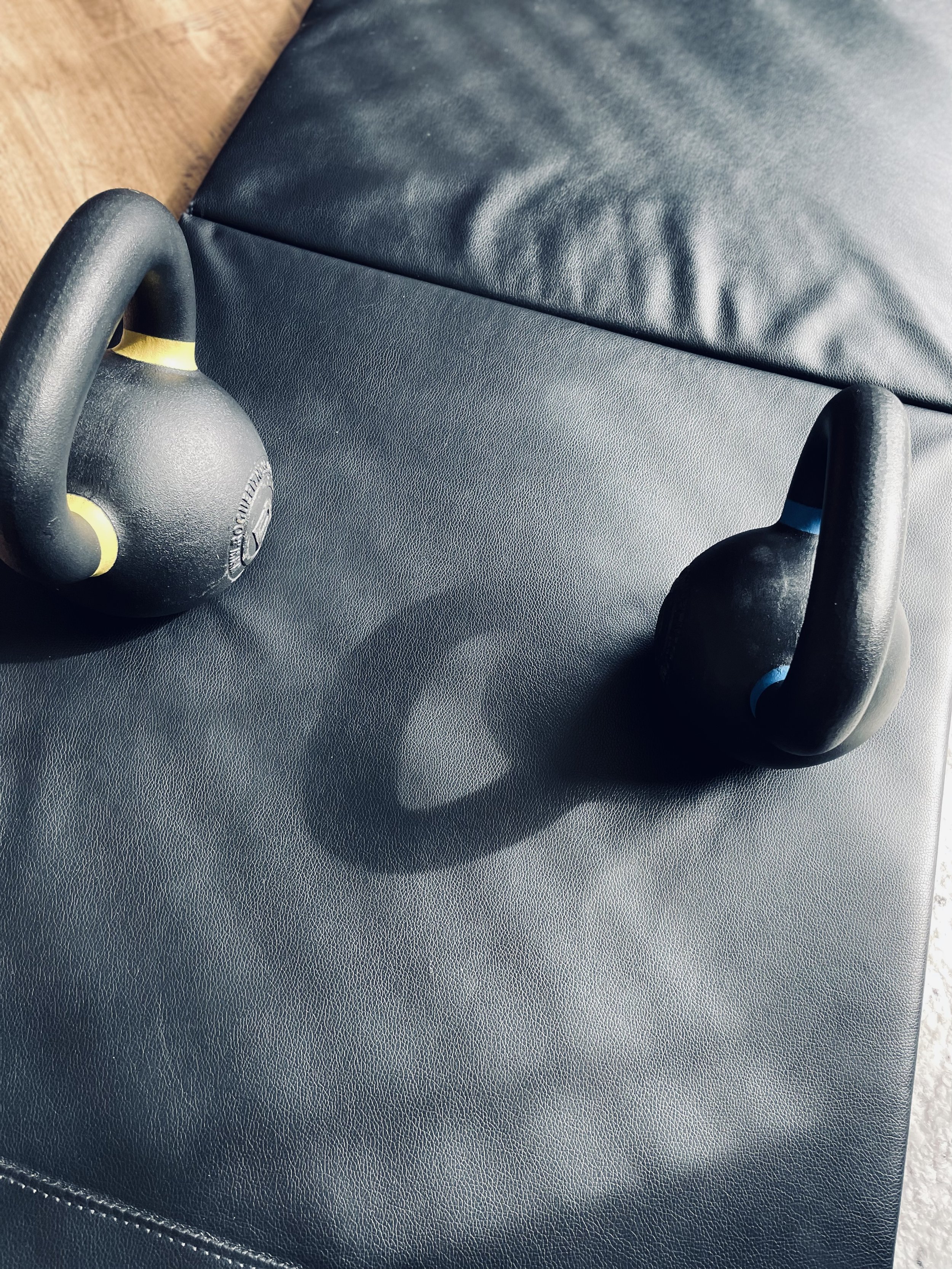In our fast-paced world, we have been become overburdened by many factors that produce stress and tension to the point it is almost impossible to avoid. Studies have shown that 85% of first responders have experienced mental health issues and approximately 1 in every 3 first responders develop post-traumatic stress disorder (PTSD) over the course of their career, as opposed to the 1 in 5 in the general population.
Many responders (including myself) tend to carry physical and mental burdens around that manifests into our bodies causing pain, stiffness, or discomfort. From the effects of sleep from shift work, running calls, and the physical and mental conditions the job as a whole contains, it will at some point take a toll on your body and mind no matter how much we try and think it won't.
Due to the nature of our work, it is important to "exercise" your body and mind to help rid these tensions to improve overall body awareness. By doing so, it will greatly impact your mental and physical performance on the job and in your everyday life off the job.
With that being said, I want to share a form of movement therapy I have been reading into a bit lately that focuses on internal physical perception called somatic exercises.
Traditionally, exercise routines place emphasis on external gains such as strength, speed or endurance - all integral for on the job performance as first responders. On the other hand, somatic exercises place emphasis on how your body is feeling from with, through slow movements with the intention of paying close attention to your body's senses. This type of exercise is comparable to the martial art, Tai Chi also known as mediation is motion, which is great for reducing stress, improving mood and improving balance. All of which is vitally important for overall well-being as a first responder and everyday life.
Here are some somatic breathing techniques to try out and can be done in 15-20 minutes to help work on balance, mood, stress and anxiety that is seeming to take a toll on your mental and physical wellbeing.
Centering Breath
Time: 2 minutes
Purpose: Connect with your breath and center your body.
How to:
• Sit or lie down comfortably.
• Close your eyes and place one hand on your chest and the other on your abdomen.
• Inhale deeply through your nose, feeling your abdomen rise.
• Exhale slowly through your mouth, feeling your abdomen fall.
• Continue this deep breathing for 2 minutes, focusing on the sensation of your breath.
Pelvic Tilt
Time: 3 minutes
Purpose: Release tension in the lower back and improve pelvic mobility.
How to:
Lie on your back with your knees bent and feet flat on the floor.
• Inhale and gently arch your lower back, tilting your pelvis forward.
• Exhale and press your lower back into the floor, tilting your pelvis backward.
• Repeat this motion slowly, coordinating it with your breath, for 3 minutes.
Cat-Cow Stretch
Time: 3 minutes
Purpose: Increase flexibility and mobility in the spine.
How to:
• Start on your hands and knees in a tabletop position.
• Inhale as you arch your back, lifting your head and tailbone toward the ceiling (Cow Pose).
• Exhale as you round your back, tucking your chin to your chest and tailbone under (Cat Pose).
• Move slowly and mindfully between these two positions for 3 minutes.
Shoulder Rolls
Time: 2 minutes
Purpose: Release tension in the shoulders and neck.
How to:
• Sit or stand with your arms relaxed by your sides.
• Inhale and lift your shoulders toward your ears.
• Exhale as you roll your shoulders back and down.
• Continue with slow, controlled shoulder rolls for 1 minute in one direction, then switch to the opposite direction for another minute.
Hip Circles
Time: 2 minutes
Purpose: Increase mobility and release tension in the hips.
How to:
• Stand with your feet hip-width apart.
• Place your hands on your hips.
• Begin making slow circles with your hips, moving clockwise for 1 minute.
• Reverse the direction and move counterclockwise for another minute.
Somatic Stretch
Time: 4 minutes
Purpose: Lengthen and relax the entire body.
How to:
• Stand with your feet hip-width apart.
• Inhale as you reach your arms overhead, stretching your body upward.
• Exhale as you fold forward, keeping your knees soft and allowing your upper body to hang down.
• Stay in this forward fold for a few deep breaths, then slowly roll back up to standing.
• Repeat the stretch a few times, moving with your breath.
Body Scan Relaxation
Time: 5 minutes
Purpose: Deepen relaxation and body awareness.
How to:
• Lie down comfortably on your back with your arms by your sides.
• Close your eyes and take a few deep breaths.
• Starting at your toes, slowly bring your attention to each part of your body, noticing any tension or sensations.
• Gradually move your focus up through your legs, hips, abdomen, chest, shoulders, arms, neck, and head.
• As you scan each area, consciously release any tension and allow your body to relax fully.
• Stay in this relaxed state for a few more minutes before gently bringing yourself back to the present.
The purposes of these exercises are to help improve body awareness (identify areas of tension or imbalance), reduce stress and tension stored in your muscles and joints, enhance mobility and flexibility to help improve posture and reduce pain and discomfort over time and assist with a better mind-body connection to help improve mental clarity and emotional balance.
Each purpose of these exercises is beneficial to being the best well-rounded version of yourself on and off the job. By taking care of yourself before shift or during down time can lead to great improvements in your job overall. We are humans and as Chief Tom Marchiano says the community expects us to be SUPERhumans. The only way to achieve that is to take a step back and take care of ourselves each day.
Until next time, work hard, stay safe & live inspired.












